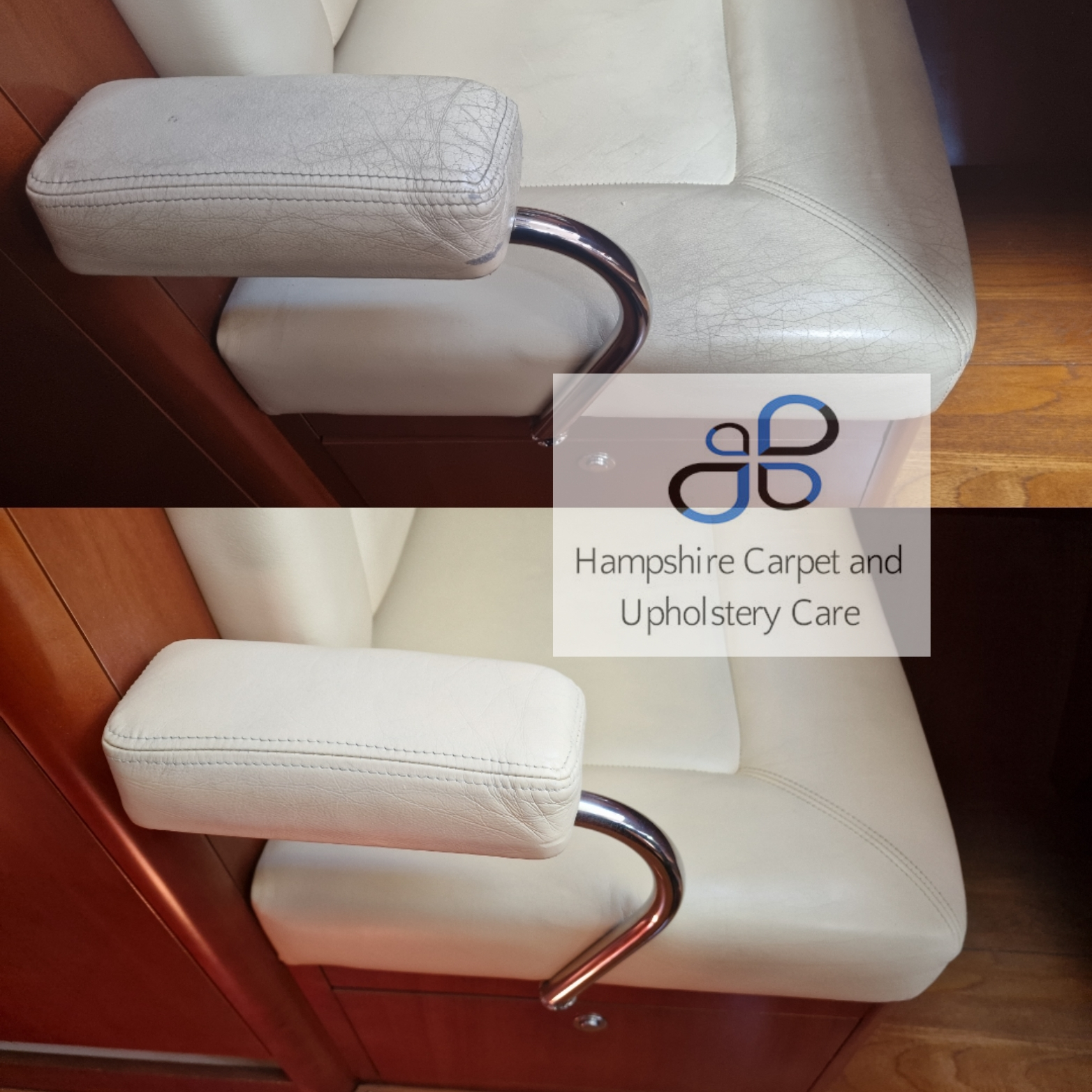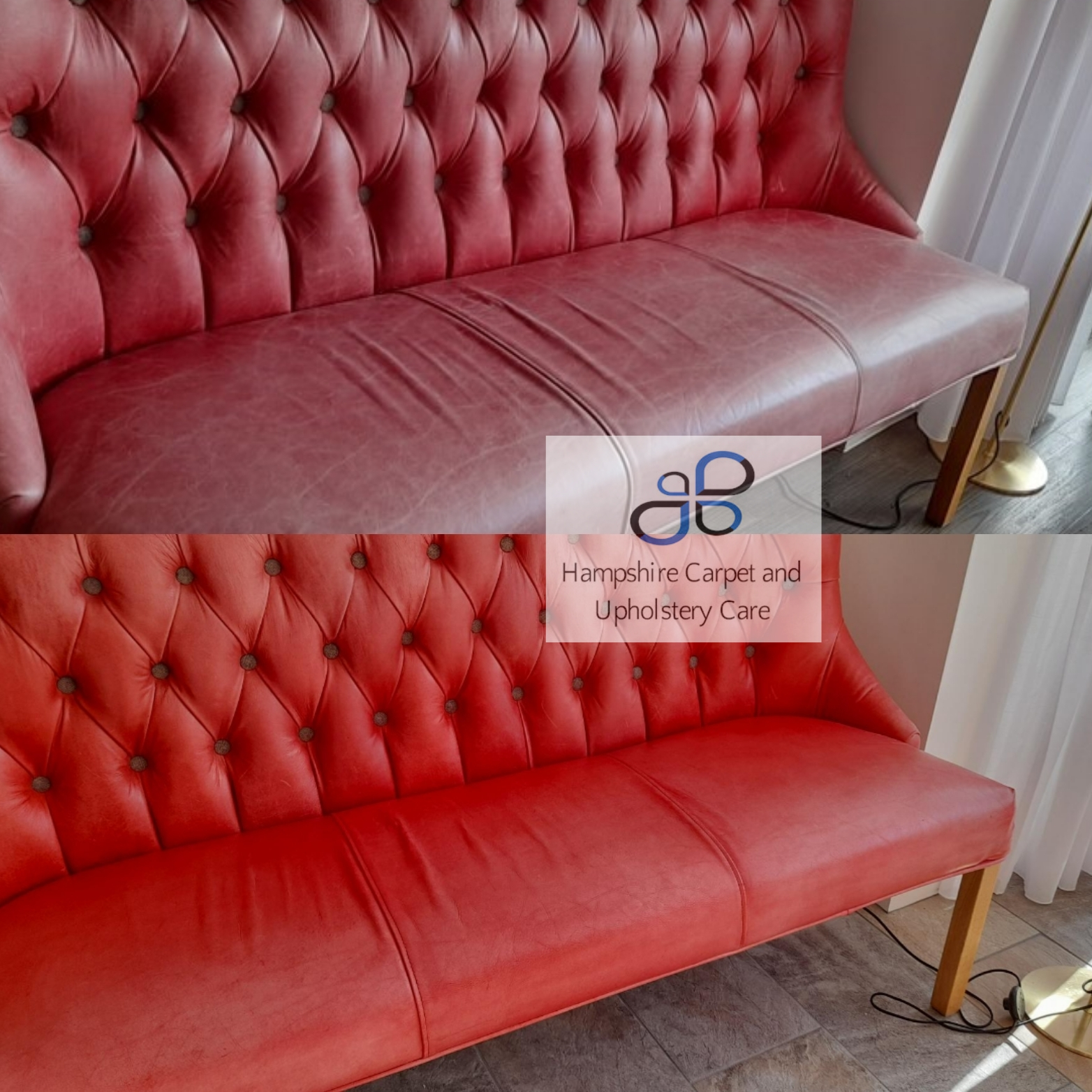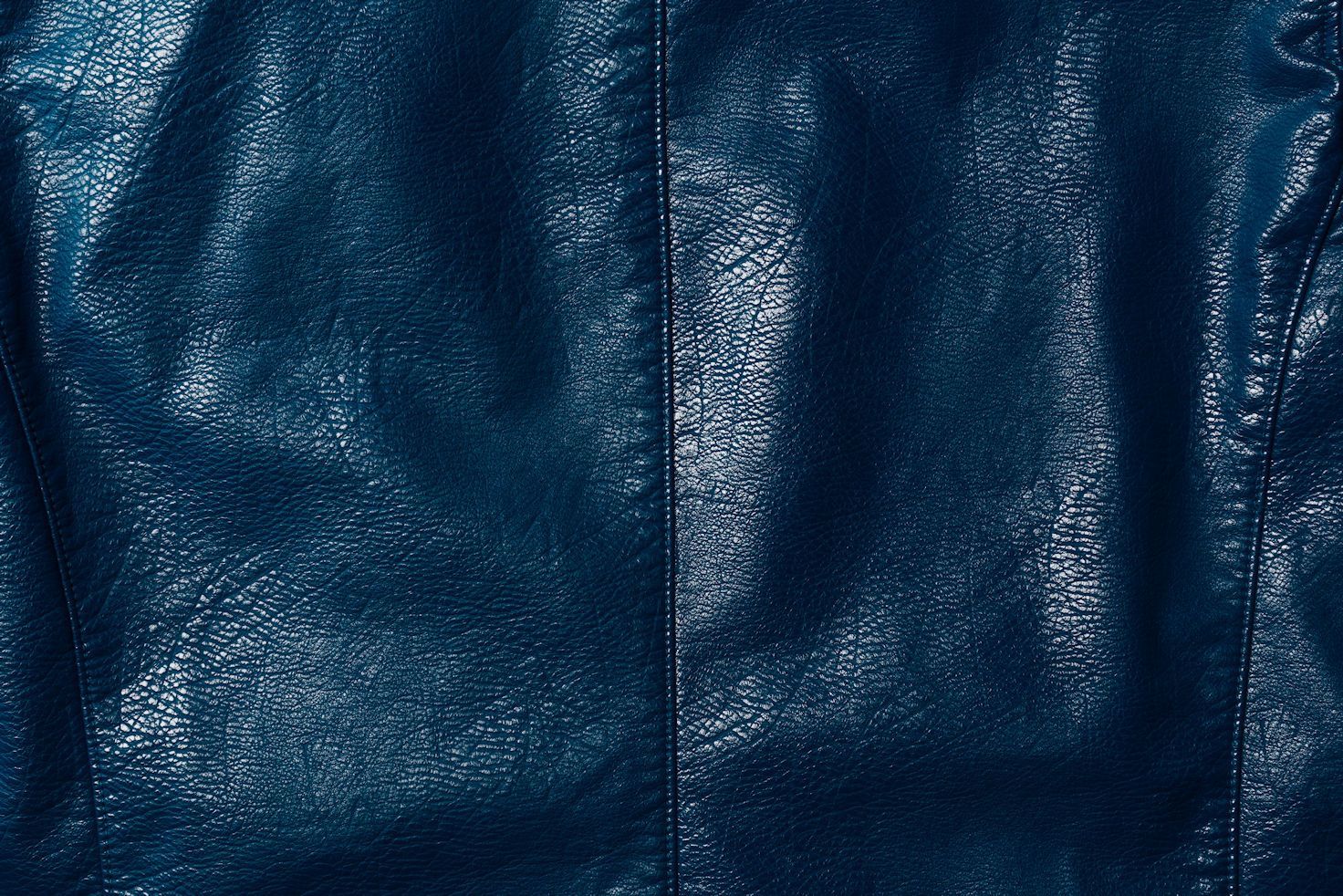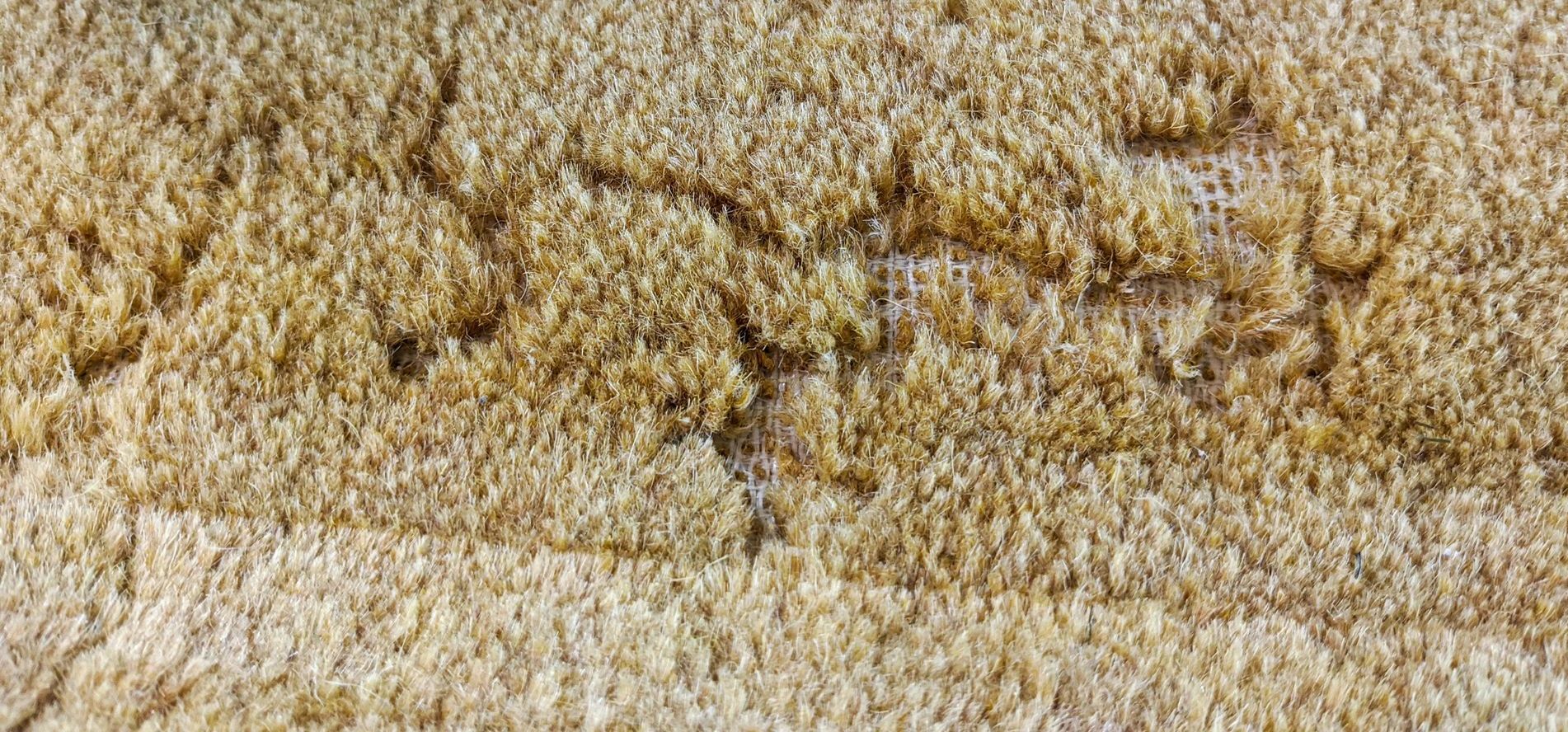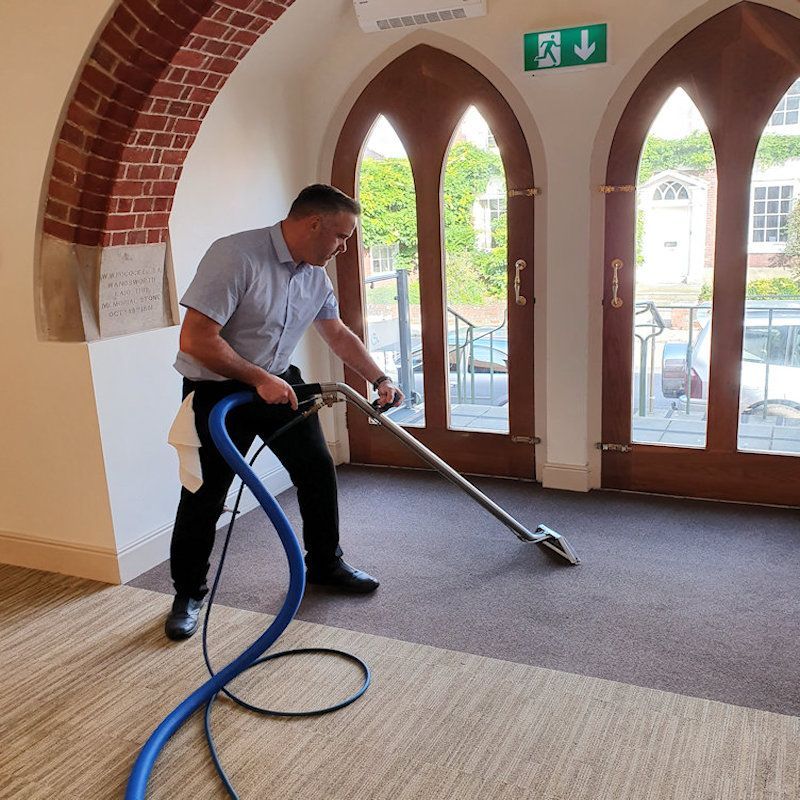The Ultimate Guide to Leather Cleaning and Restoration
Clean your leather upholstery like a professional
Spring is here, and it’s not just your windows and floors that deserve a refresh—your leather furniture could use some love too! While leather is a beautiful and long-lasting material, it does need special care to stay looking its best. Whether you're dealing with a prized leather sofa or stylish faux leather dining chairs, this guide will walk you through everything you need to know about cleaning and restoring leather at home.
Step 1: Real or Faux? Know Your Leather
Before you reach for the cleaning supplies, take a moment to identify what kind of leather you’re working with.
- Real leather feels soft, supple, and a bit stretchy. It often has a natural grain and slight imperfections.
- Faux leather, on the other hand, is usually made from synthetic materials like polyester or polyurethane. It’s often labeled as “vegan” or “synthetic” and has a more uniform appearance.
Why does this matter? Because real and faux leather require very different cleaning methods.
How to Clean Real Leather
Real leather is durable but needs regular maintenance to preserve its natural beauty. Here’s how to do it safely:
- Start with a vacuum: Use a vacuum with a brush attachment to remove crumbs, dust, and debris—especially from seams and under cushions.
- Wipe with a damp cloth: Lightly dampen a soft cloth and blot the surface. Don’t soak it—too much water can damage leather.
- Tackle stains carefully: For tougher spots, use a leather cleaner or mild, fragrance-free soap. Be extra cautious with aniline leather, which is unprotected and can absorb stains easily.
- Condition regularly: Apply a leather conditioner with a cloth or sponge to keep the leather soft and prevent cracks.
- Let it dry naturally: Never use heat to dry leather! Blot spills with a dry cloth and let it air dry.
How to Clean Faux Leather
Faux leather is much easier to care for—but it still needs attention to prevent cracking and wear.
- Vacuum it first: Remove any loose dirt or crumbs, especially from corners and creases.
- Wipe it clean: Use a damp cloth to gently clean the surface. Avoid harsh chemicals like bleach, which can dry out and damage faux leather.
- Treat stains naturally: For stubborn spots, mix water with a little white vinegar or mild soap. Gently scrub and then dry with a soft cloth.
Leather Restoration Tips
Let’s be honest—restoring leather can be tricky. Once it’s cracked or deeply scratched, DIY solutions are limited. That’s why prevention is key.
- Clean and condition your leather regularly to preserve its color and texture.
- Protect from direct sunlight and heat, which can dry it out.
- Address scratches early before they get worse.
If your leather is already showing serious signs of wear, it’s best to call in the pros.
Need a Hand? Let the Experts Handle It
If cleaning leather sounds a bit intimidating—or if your upholstery needs deep restoration—we’re here to help. As recognized members of the National Carpet Cleaners Association (NCCA), we specialize in professional leather care.
Our trained technician Michelle knows exactly how to handle all types of leather and bring your furniture back to life. Don’t just take our word for it—check out our reviews and reputation with the NCCA!
Final Thoughts
Leather furniture is an investment, and with the right care, it can look stunning for decades. Whether you go DIY or hire a professional, the key is regular maintenance and gentle cleaning techniques. So this spring, don’t forget to show your leather some love—it deserves a fresh start too!
